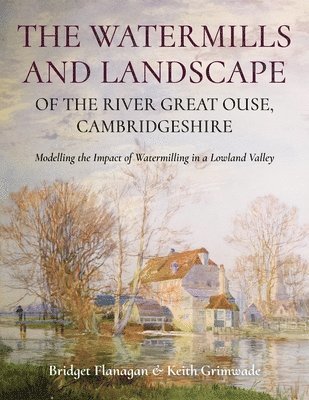Kommande

Historia
Pocket
The Watermills and Landscape of the River Great Ouse, Cambridgeshire
Bridget Flanagan • Keith Grimwade
809:-
The River Great Ouse in Cambridgeshire has a long history of water milling, stretching back to at least the 10th century and possibly to the Roman period. The authors use remote sensing (LiDAR), cartographic analysis, fieldwork, documents (especially contemporary litigation) and literary sources, to reveal new findings about this fascinating landscape. The Great Ouses watermills were recorded as the most valuable in England in the Domesday Survey. All their sites are located, several having been long-lost, and a comprehensive explanation for their national pre-eminence is given. The expansion of activity in the Middle Ages is investigated through a detailed study of the disputes arising from the competing uses of the river and its flood plain for water milling, navigation and farming. Channel features that, hitherto, have either been ignored or attributed to natural processes are shown to be the result of milling activity. The continuing impact of water milling on the landscape until its decline in the second half of the 19th century is analyzed. The authors findings have broader implications for the understanding of the development of water milling in lowland river landscapes; the evolution of parish boundaries; and the development of multi-channel river forms. They conclude by advocating a mapping methodology that designates landscape features resulting from water milling as heritage assets, to guide planning decisions.
- Format: Pocket/Paperback
- ISBN: 9781914427411
- Språk: Engelska
- Antal sidor: 160
- Utgivningsdatum: 2025-06-15
- Förlag: Oxbow Books

